When you think of Portugal what comes to mind? Food, wine, culture, architecture, and more wine! To satisfy this desire for refinement, today, we bring you wineries that you can't miss in 2023 from different parts of the country. From GWC winners to incredible wineries in breathtakingly beautiful locations, get your pen and paper ready, and enjoy the ride!
Viticulture in Portugal began 4000 years ago and today, it is home to a large number of local grape varieties. That's why wineries in Portugal have a wealth to produce wines of a wide range of styles, from fruity to full-bodied reds, refreshing white wines, and renowned fortified wines.
If you plan to visit wineries and estates in Portugal, the first step is to choose which region you want to start with, and if you don't want to choose, why not visit them all? There are many unique wineries and farms in Portugal, spread all over the country, from Vinho Verde and the Douro Valley in the north to the Alentejo. Every winery in Portugal has its own story to tell, winemaking techniques, and unique wines to make you fall in love with at first sip.
So with your favorite glass of wine in hand, unveil some fantastic (there are a lot!) wineries that each wine-producing region has to offer. There are wineries scattered around the country that are worth a visit. Not only for the wine but for the architectural forms: some futuristic, some modern, but all unmissable.
Quinta da Gaivosa
Since 2015, it has been the birthplace of the new wines of the Alves de Sousa family, who have lived among the terraces of the Douro for five generations. Designed by Transmontano architect António Belém Lima, the winery is spread over two high floors, planted at the entrance of Quinta da Gaivosa. As you might expect, it has a wine store and a tasting room, but the panoramic terrace overlooking the surrounding valleys is at the top. The exterior of the modern building is covered in brick and the floor is made of schist, and the entire structure was designed to integrate with the Douro landscape - this required an investment of over a million euros. The architect who designed it says that the winery is like a wine bottle: both hide the "treasure" of the wine produced there.
Adega de Alijó/Gran Cruz
Pipes and more pipes are at the center of the operations of this futuristic winery that, seen from afar and at night, is a unique photographic portrait. It took Alexandre Burmester and Jorge Toscano two years just to plan it, and 16 million euros to build it - one of the newest wineries in the country, officially opened in June 2014.
Part of the Alto Douro Wine Region, already considered World Heritage by UNESCO, the Gran Cruz winery was built on an old shipyard and has a rounded shape - inside, there are no walls to look at, only a dominant metallic tone from the many stainless steel vats where the wine is fermented. In truth, there are two wineries in one: one of them special and, therefore, focused on small volumes and "special" Port and Douro wines, and the other, right next door, is dedicated to large volumes.
AdegaMãe
It's taken three years, give or take a few years, to live among vineyards and vineyards (forgive the redundancy). The AdegaMãe, like the previous one, was also created as a tribute - this time to the matriarch of the family responsible for the project (the same family responsible for Riberalves cod).
Here, visitors have access to the heart of the winery, where they get to know the wine presses that are influenced by the Atlantic climate and the clay-limestone soils, the vats where it is stored and where it undergoes the natural fermentation process, the house laboratory and the room where the smell of French oak barrels is omnipresent. There is also a tasting room, store, and event hall that, judging by the photos, is worthy of hosting any royal dinner party.
Quinta Do Vallado
Behind a good wine, there is always a great cellar... There are wineries scattered around the country that are worth a visit. The schist construction, designed by architect Francisco Vieira de Campos, blends into the surrounding Douro landscape. But more than contributing to a curious scenario, it is the evident result of the fusion between modernity and tradition. It was only in 2009 that the winery (and respective barrel cellar) joined the secular Quinta do Vallado, dating back to 1716.
Half a dozen kilometers from the historic center of Régua, the estate once belonged to the legendary Dona Antónia Adelaide Ferreira. The property is still in the family of the woman who would become known as "Ferreirinha" (in the sixth generation). For all this, and much more, to visit the winery is also to go back in time and listen to some of the histories that were made there and continue to be made.
Adega da Cartuxa - Fundação Eugénio de Almeida
Neighbor to the Roman temple and the Cathedral, the space that was formerly operated by the Espinheiro Convent underwent works to now open the doors where before there was a window. But it is not only about mood: at the Enoteca da Cartuxa, officially opened this Monday, the gastronomy from Alentejo is reinvented and brought to the table on improvised trays, to be shared. But before filling your stomach, it is important to know the wines under the foundation's seal. The Cartuxa Winery, at Quinta de Valbom, is just a few minutes away from the city of Éborense. It is inserted in a building dating from the 16th century that once served as a resting house for the Jesuits, expelled in 1759. It later fell into the hands of the State, which invested in wine production there, and only later was it acquired by the Eugénio de Almeida family.
Herdade do Rocim
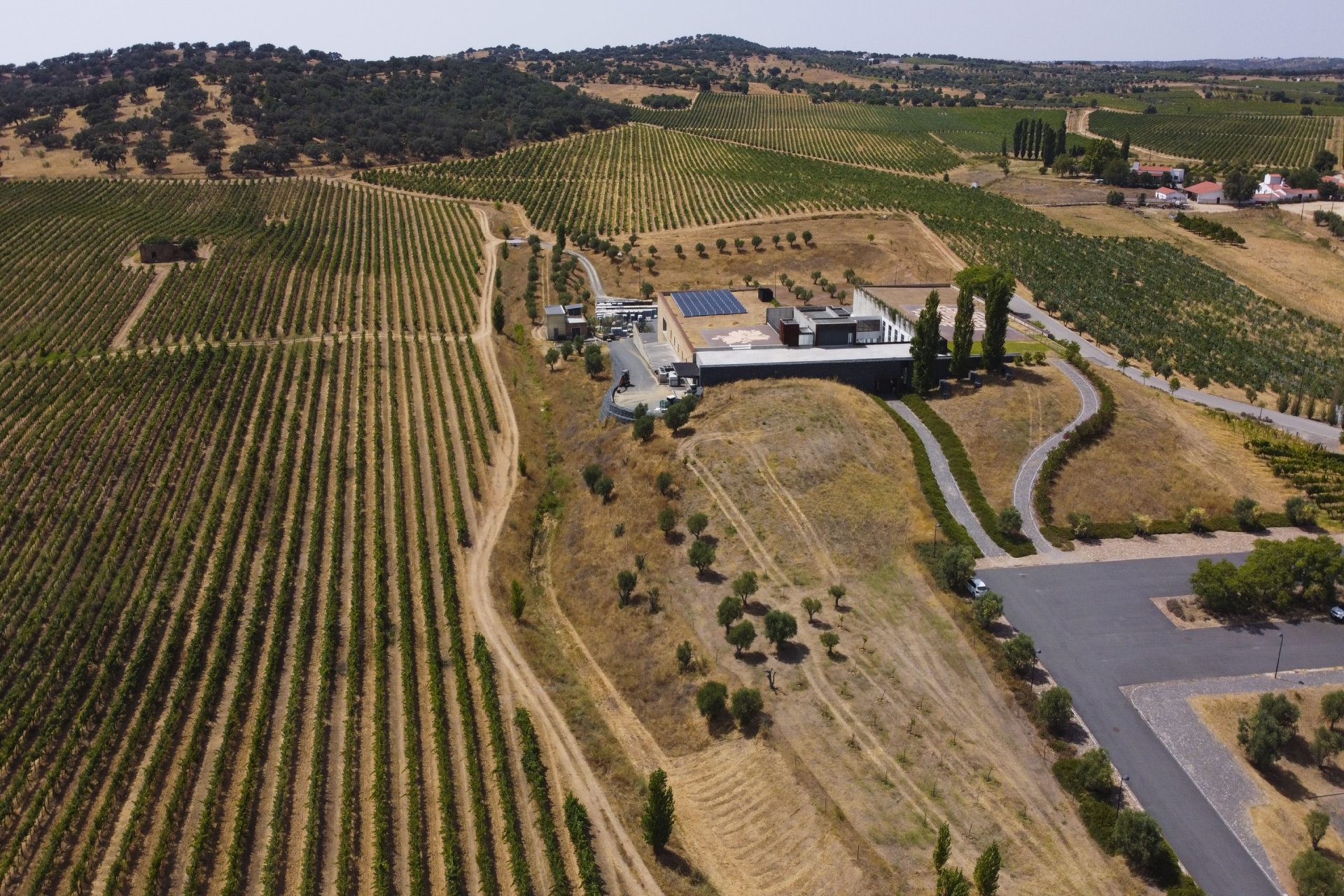
Located between Vidigueira and Cuba, in the Baixo Alentejo, the estate spreads over 120 hectares - 70 are dedicated to the grape varieties grown there and 10 are olive groves. Here, in the lands of a flat Alentejo, the winery is a case of charm and is described by those who gave birth to it as a "meeting point of technology and affection".
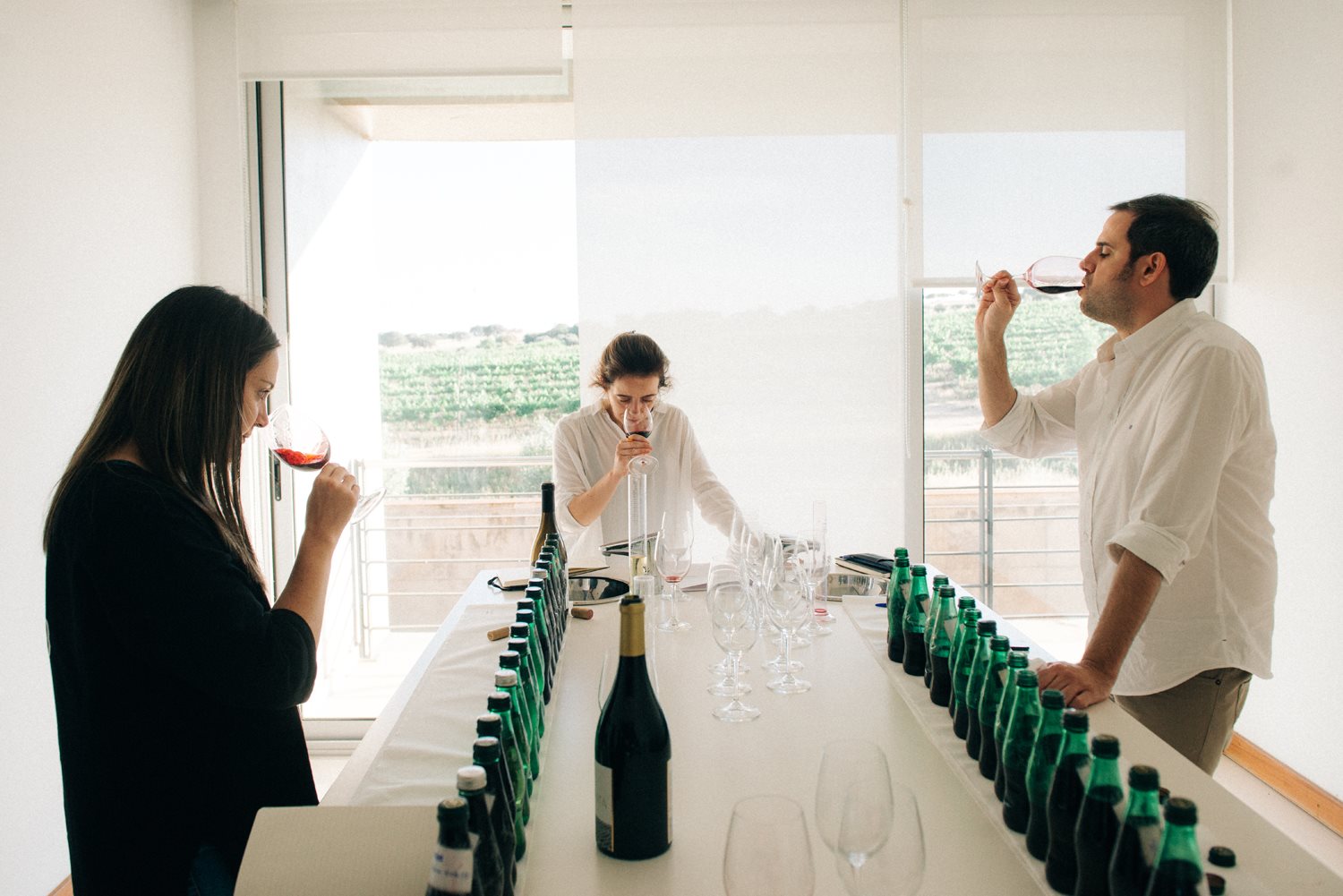
If it is true that science has contributed to an ever better transformation of the grapes into wine, the nectars created and served there are not without passion on the part of those who work them. Besides focusing on wine production, the winery also opens its doors to culture and leisure - with areas designed to host business meetings, conferences, school visits, or simply the curiosity of tourists -, and also aims to make a sustainable contribution to the development of the region.
Adega Mayor
On the Alentejo plain of Campo Maior stands the majestic creation of architect Álvaro Siza Vieira, which was created in 2007 to pay tribute to wine and life. A horizontal building, whitewashed and divided into three floors, the last destined to receive tourists eager for a glass of wine with the Adega Mayor seal - this is where you can find the tasting room, which opens onto a panoramic terrace with a central water mirror.
And if, on the outside, your eyes can see what little there is to contour the building with straight lines, inside there are monumental spaces for the production and storage of the nectars that, born there, have already gained fame (and profit).
Cockburn's Port Lodge
Cockburn’s Lodge is the largest wooden Port cellar in the historic area of Vila Nova de Gaia. Holding one of the greatest collections of oak barrels and wooden vats of any Port cellar, where they age all their Ports and is the home of Cockburn's Special Reserve.
Quinta da Gricha
To appreciate award-winning wines, sitting on the panoramic terrace and gazing at the verdant vineyard in front of you; to refresh your body in the infinity pool that blends into the valley; to have a cool lunch, protected by the shade of the leafy canopies of orange and lemon trees; to read a book on the patio, or to take a nap lulled by the singing of the blackbirds. Those who stay here will inevitably have to obey the rhythm of nature. It won't be difficult when you see the rooms prepared for you.
Named after native plants, such as rockrose, heather, juniper, and lavender, the rooms are decorated in pastel shades and call for calm and tranquility. Whenever you want to deepen your knowledge of viticulture and winemaking, go to the farm workers. They give personalized tours of the vineyards and cellars, jeep rides, and, of course, wine tasting guided by those who know how to prune.
Casa Romana Vini
Quinta do Porto Nogueira dates to the first half of the 18th century and has always had the vineyard as its main agricultural crop. The manor house was rehabilitated, respecting the original architectural lines, now enriched by a country and sophisticated décor, which provides a special experience, and beautiful moments of relaxation.
During the stay at Quinta do Porto Nogueira’s guests will be able to deepen their knowledge about our premium wines - all DOC Óbidos - observe the vineyards, the organic-oriented agriculture, the production methods of wines from organic grapes chosen berry by berry, and, of course, taste our wines. Hiking or biking inside the estate will allow you to smell the scents that nature gives off and to look at the tranquil landscapes dotted with vines, fruit orchards, and forests.
Quinta do Soalheiro
This year, Soalheiro celebrates 40 years as one of the largest and most respected producers specializing in Alvarinho from the sub-region Monção and Melgaço. Therefore, in addition to all existing tastings - wine or the famous infusions of the farm - and various activities, including accommodation on site, Quinta do Soalheiro has now created the 40 Years Tasting, a tasting through which the producer intends to immerse the wine tourist in the history and evolution of Soalheiro and make him explore the elasticity of the Alvarinho variety.
Herdade do Sobroso
After feeling the peace between fields, cork oaks, olive trees, and vineyards, continue your relaxation exercises either on the porch of Herdade do Sobroso, or stretched out on the recently renovated river beach. This is life on the Alqueva side, where the clay and sandy soils, influenced by cold winters and hot summers, provide us with a parade of Arinto, Antão-Vaz, Touriga-Nacional, Aragonez, and Syrah, among many other grape varieties. Besides the huge universe of wines, there are alternatives for those who prefer fishing for mackerel, taking a balloon ride at sunset, riding a horse, hiking, or diving into the hunting universe.
With knowledge acquired over years in the wine tourism market, we are ready to help you learn more about the best wineries, estates, and places to visit in Portugal! If you are looking for more information, contact us.
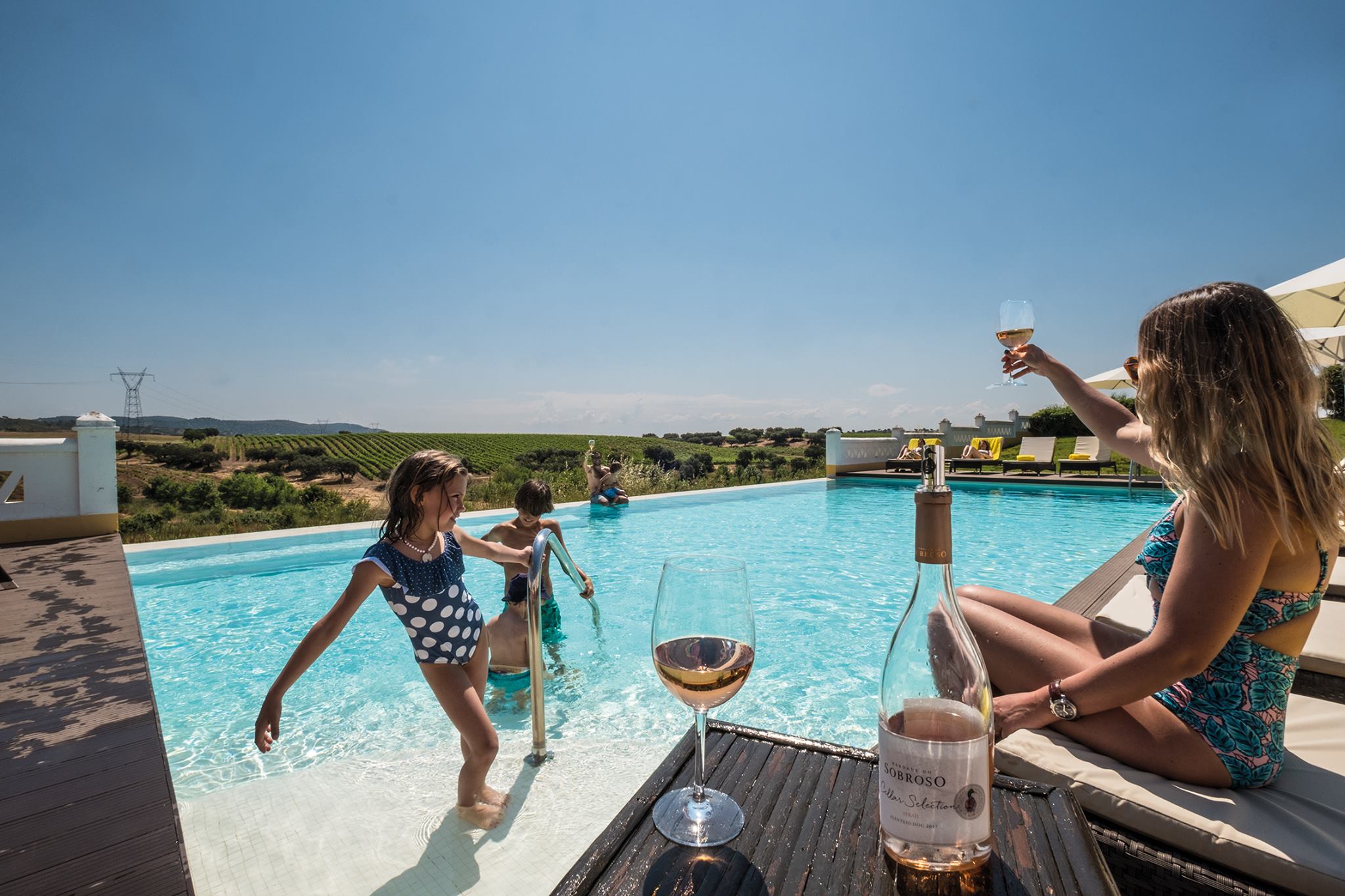

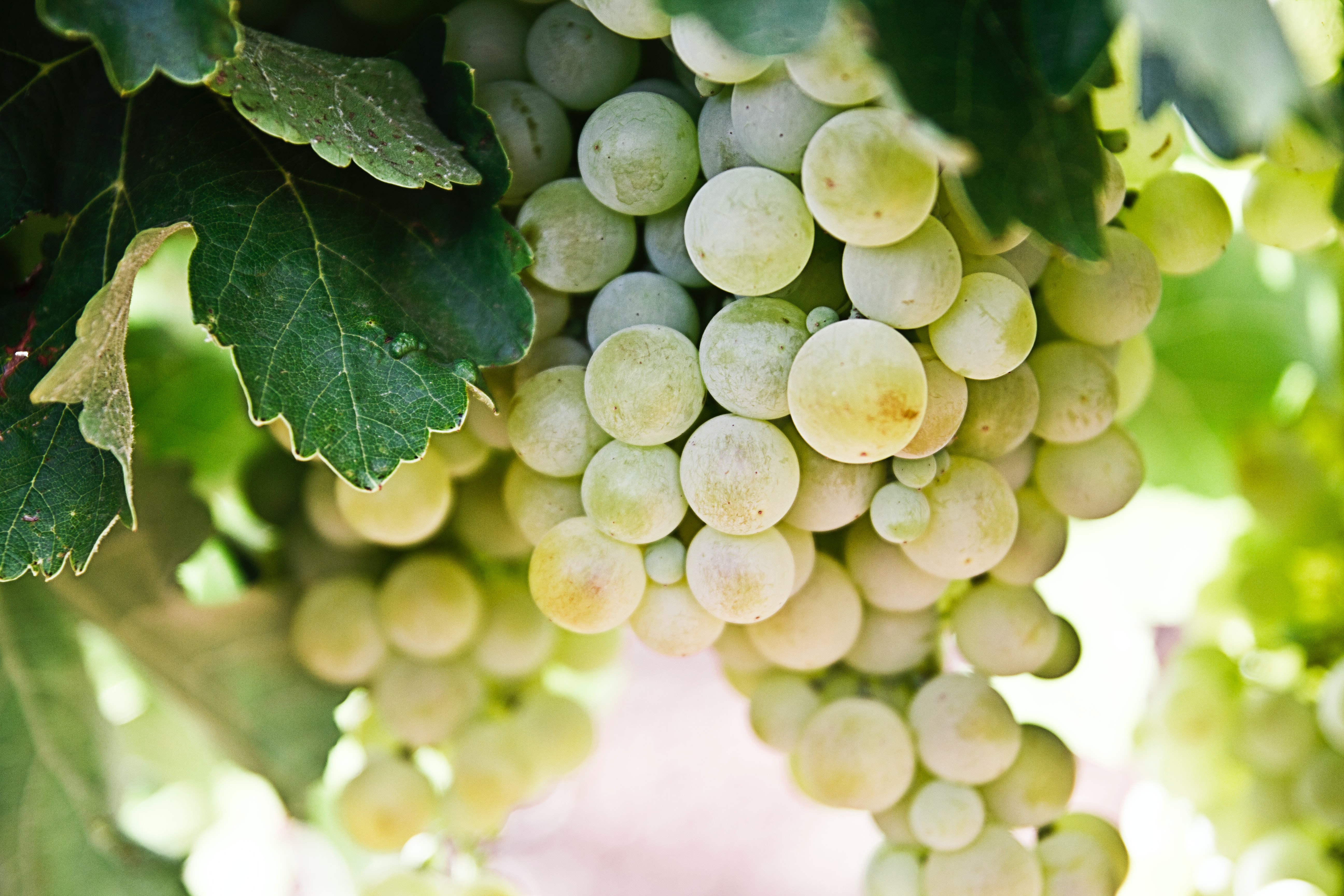
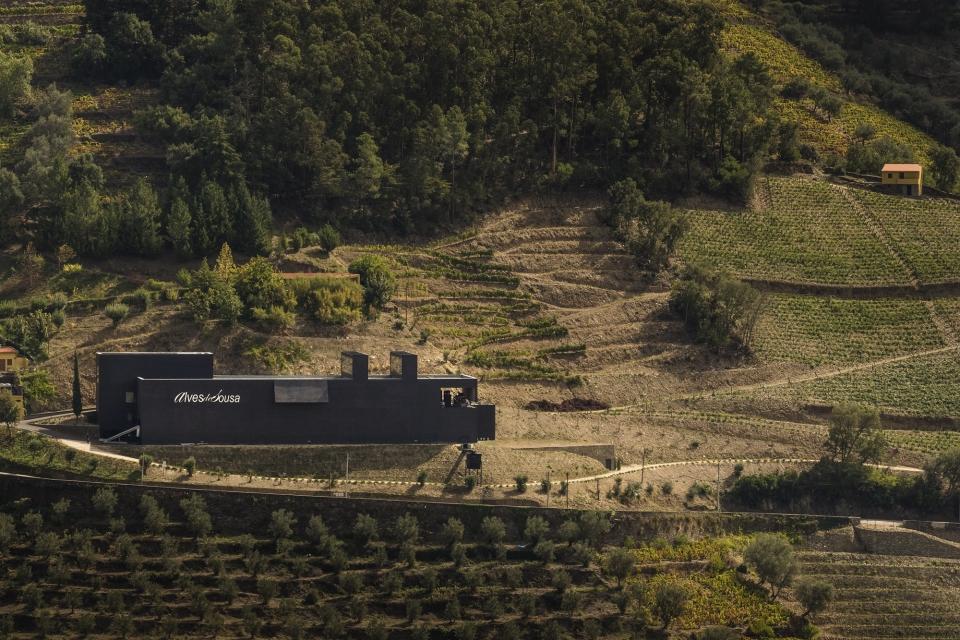
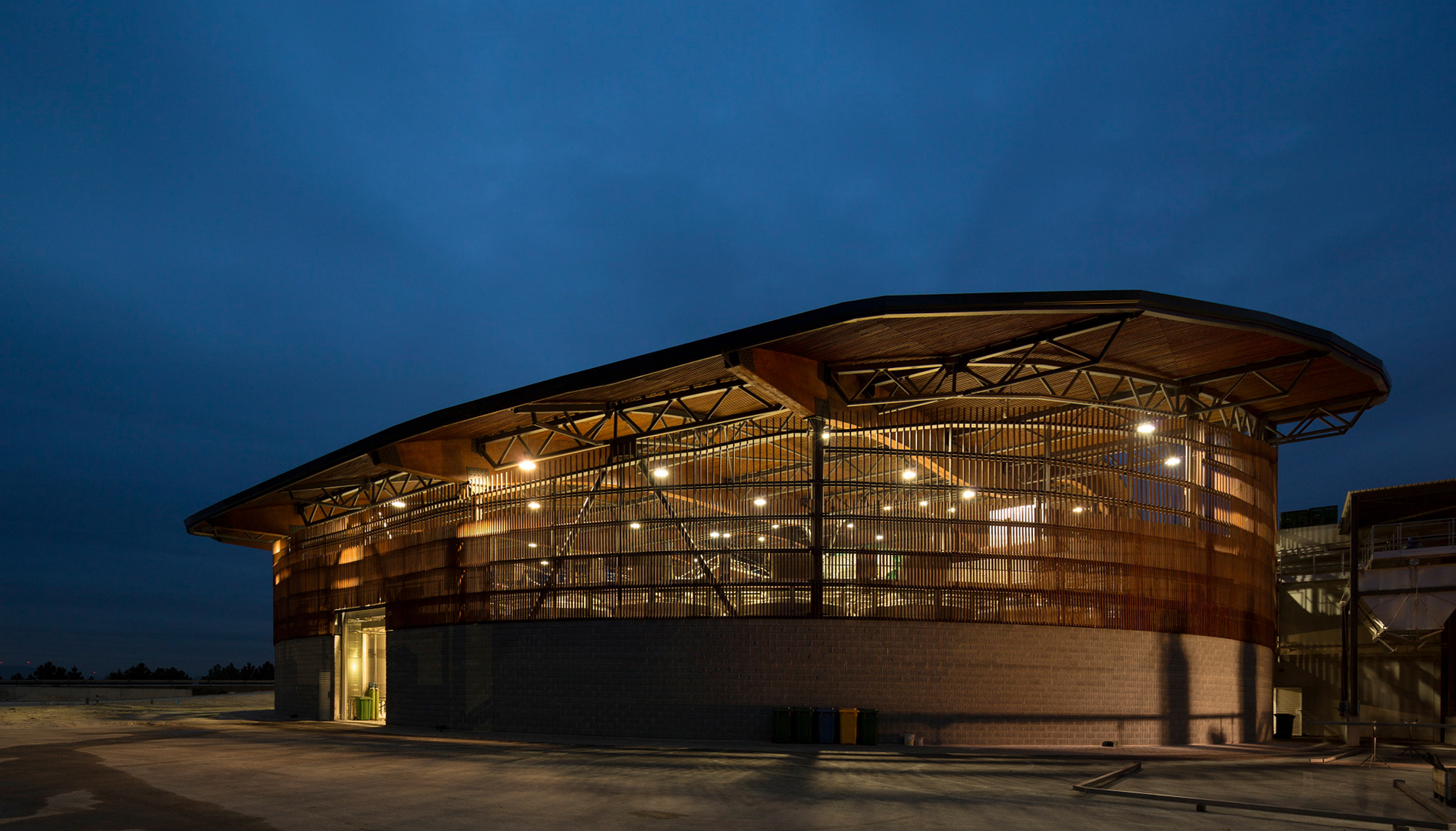
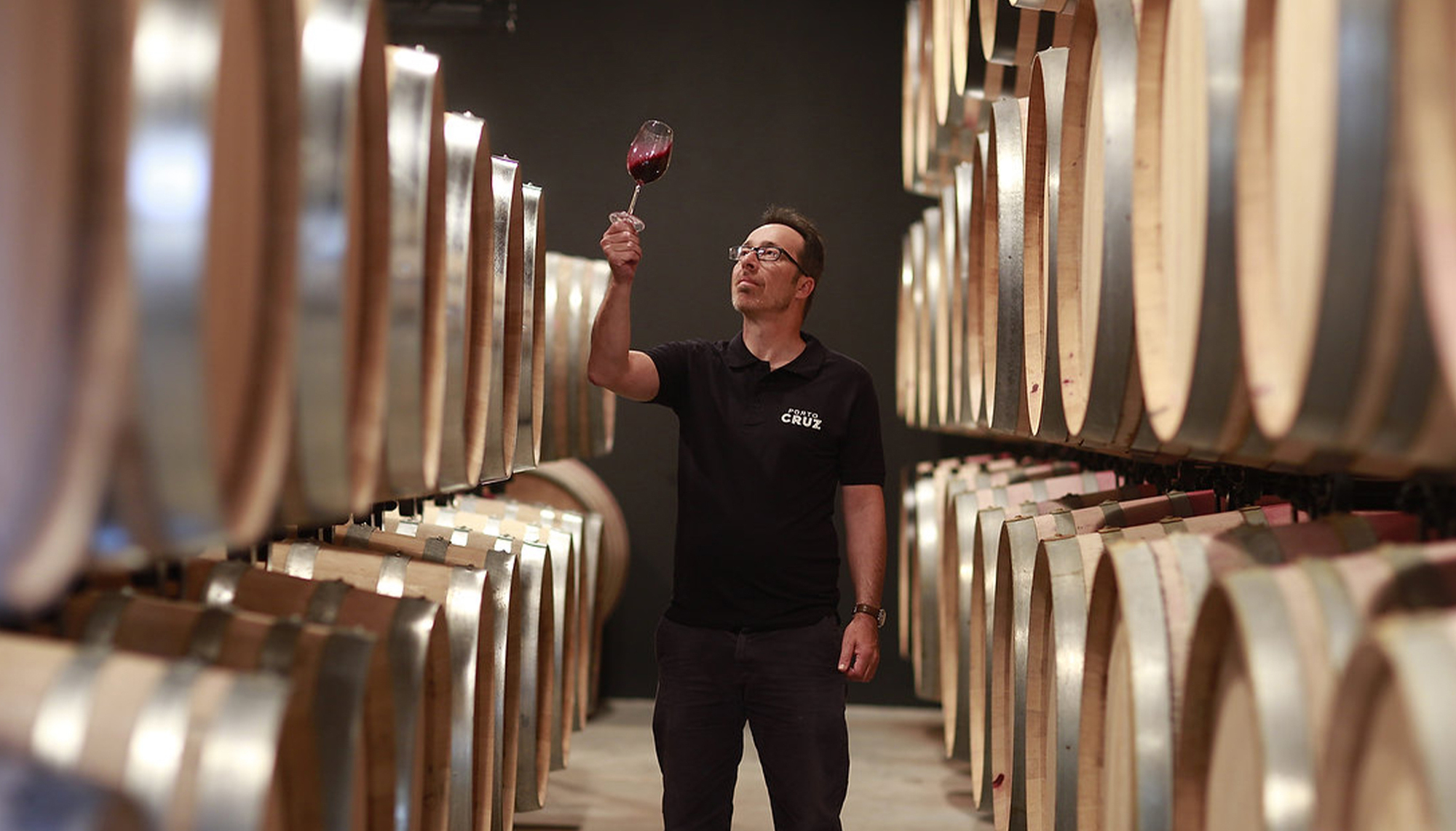
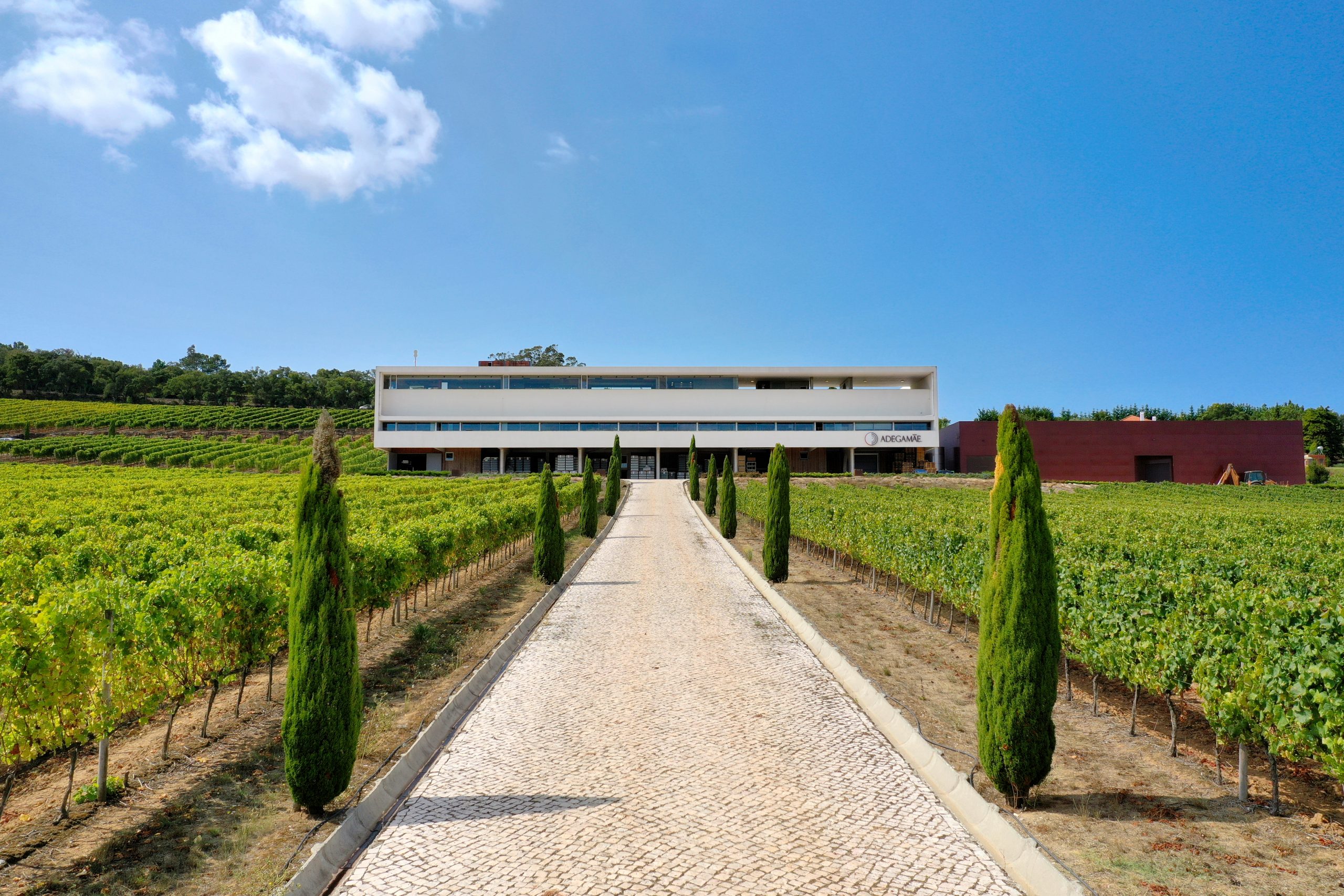
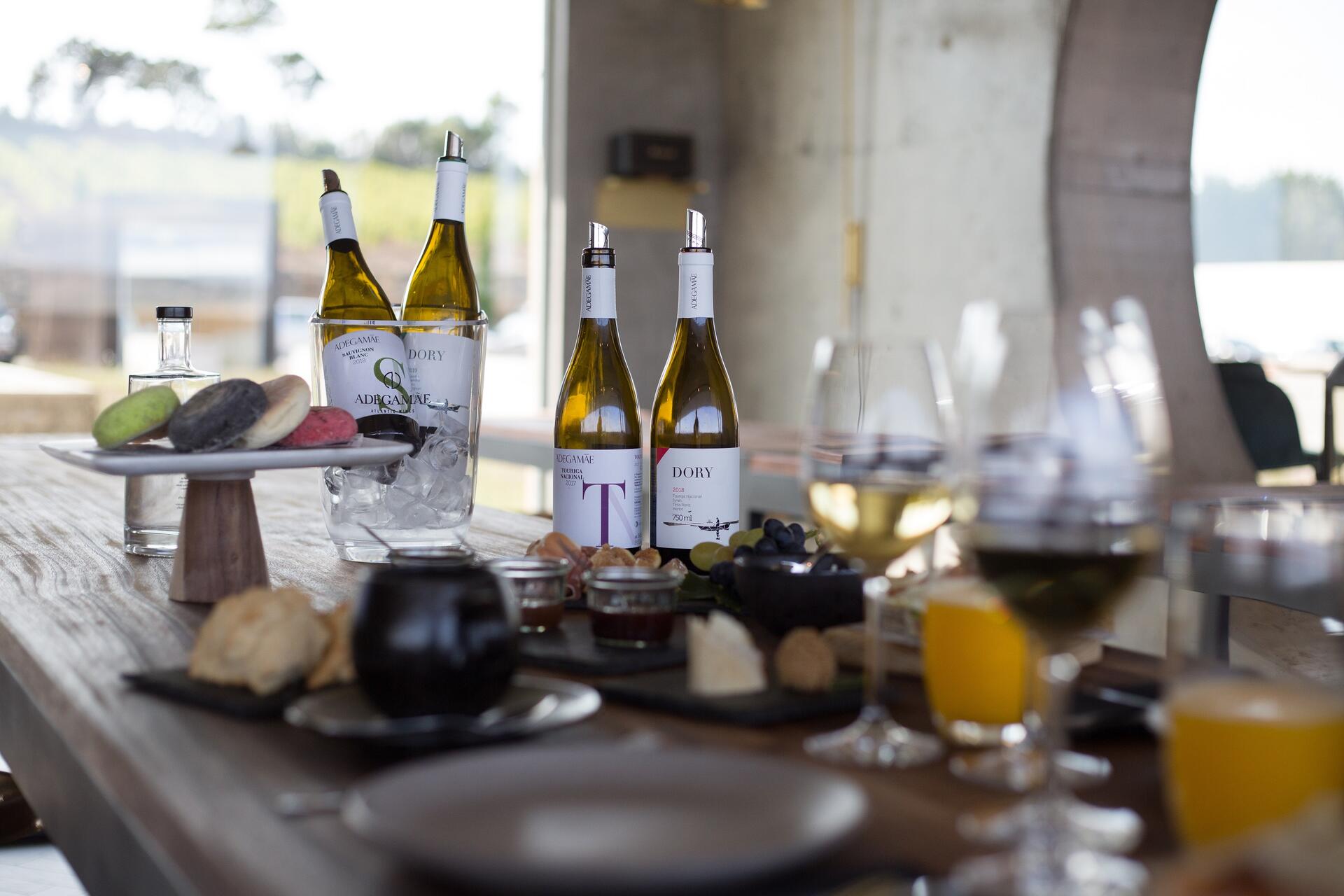

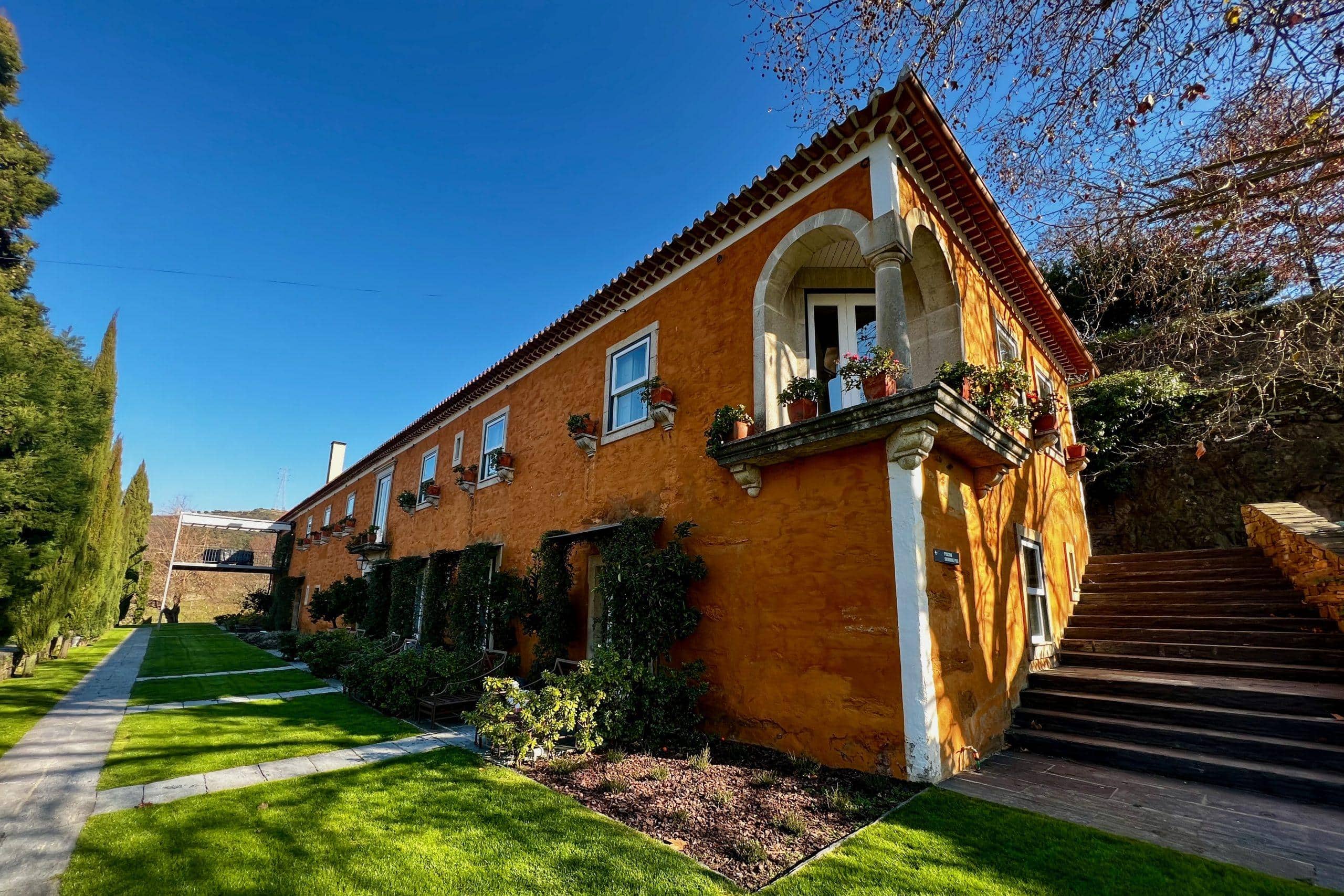
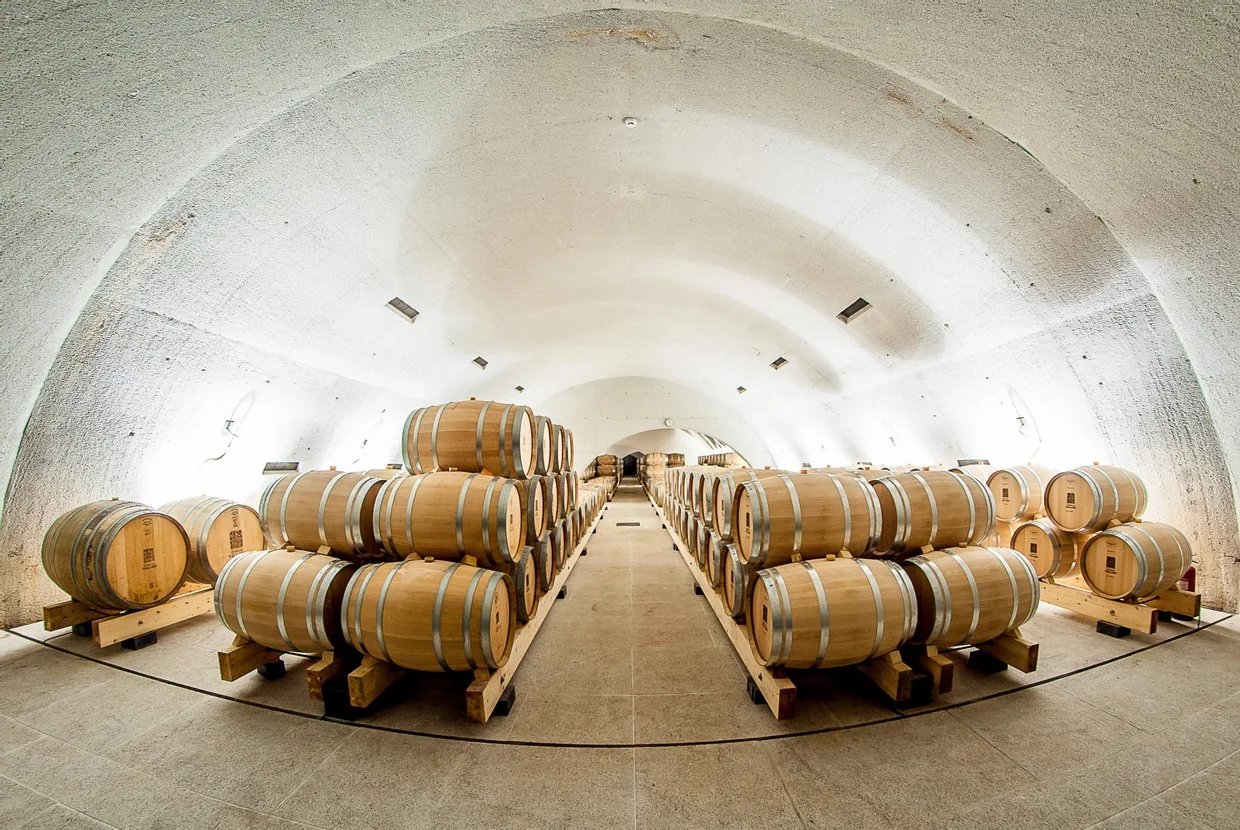
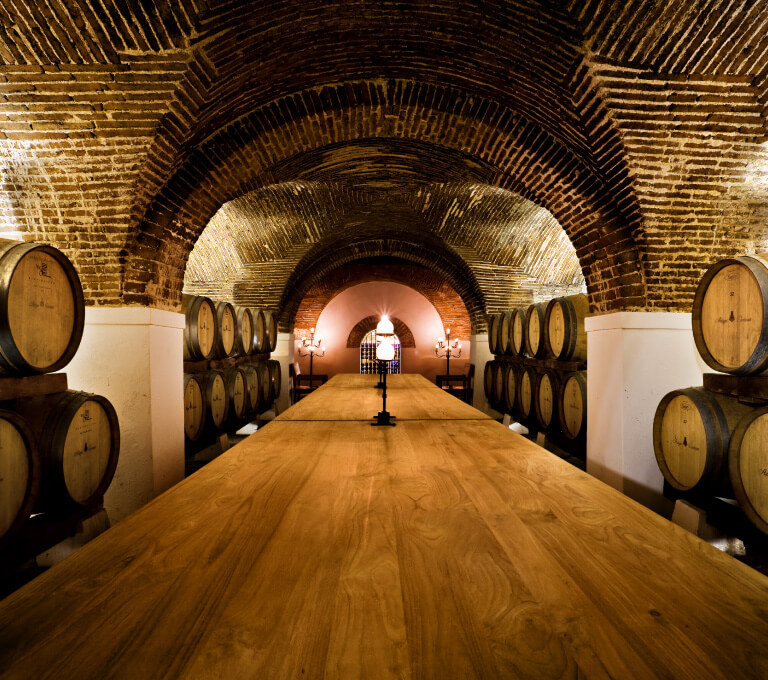
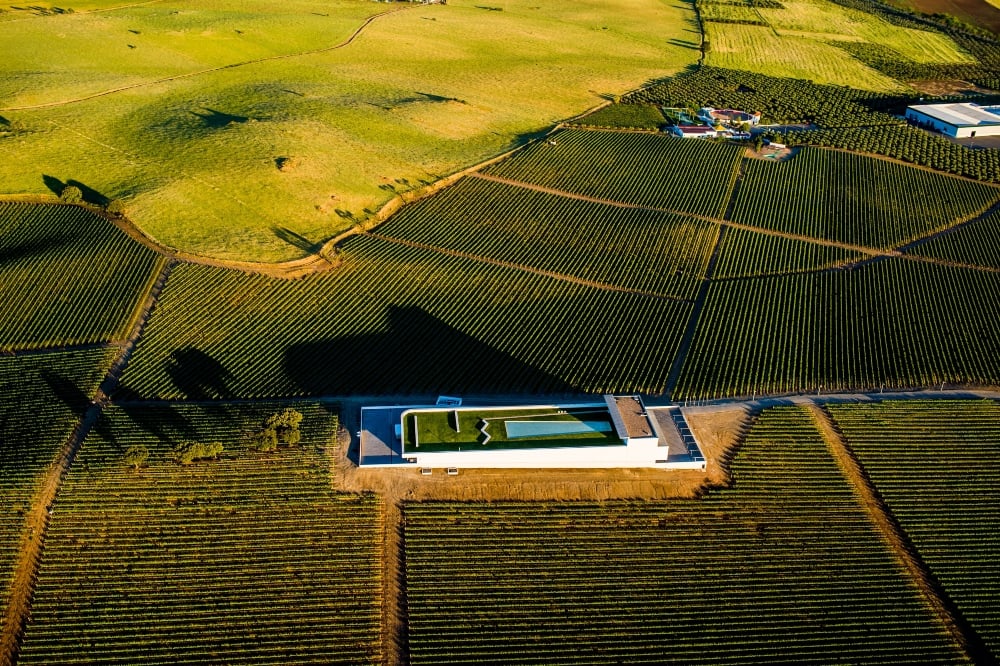
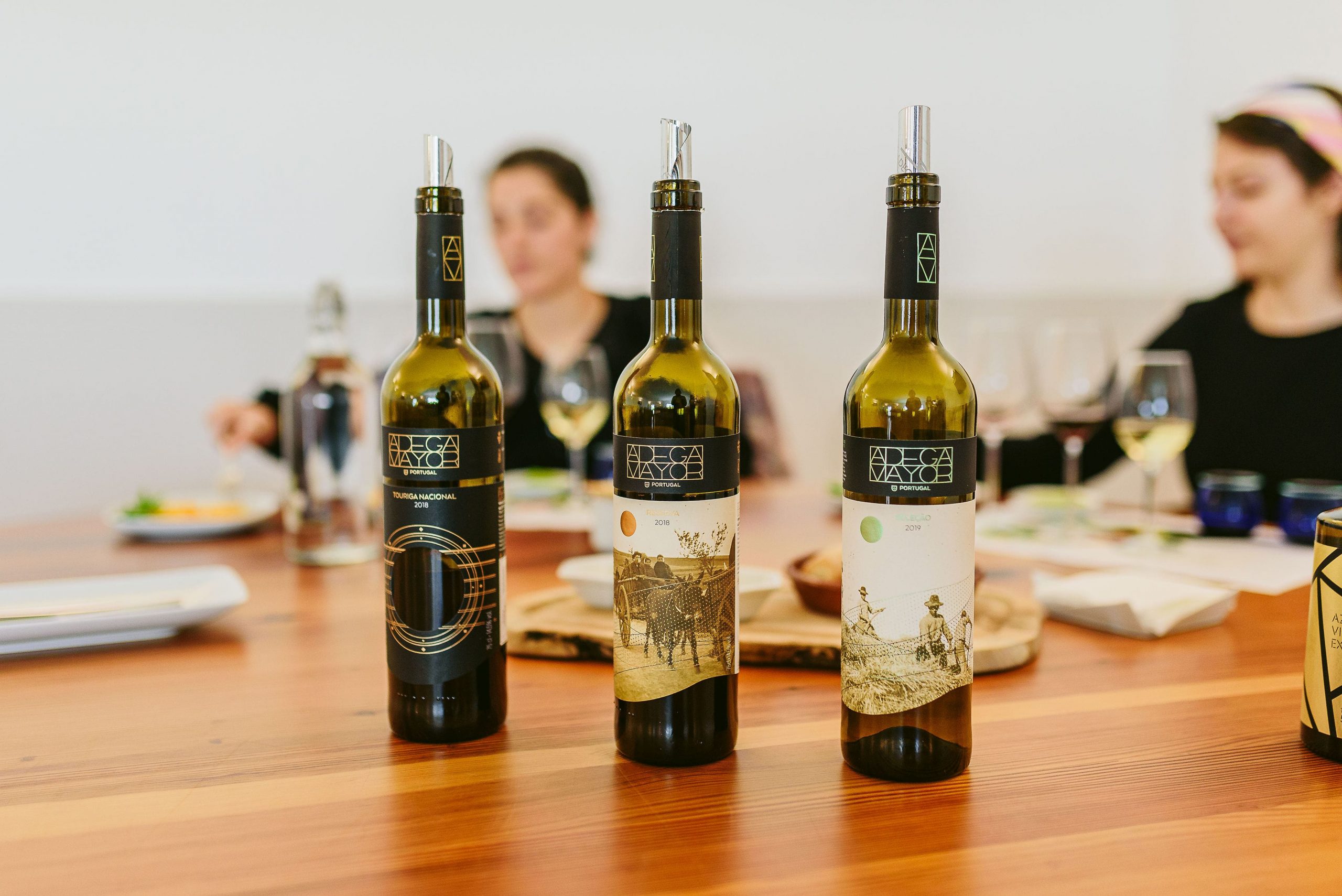
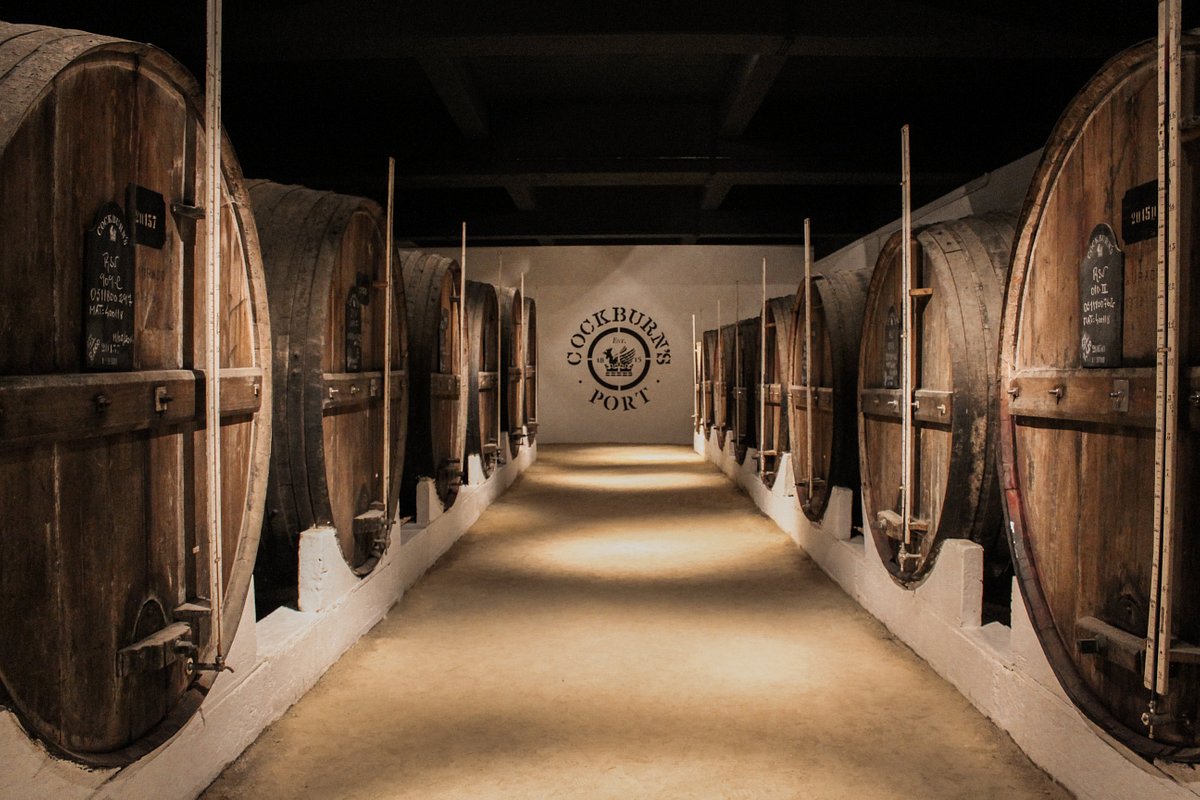
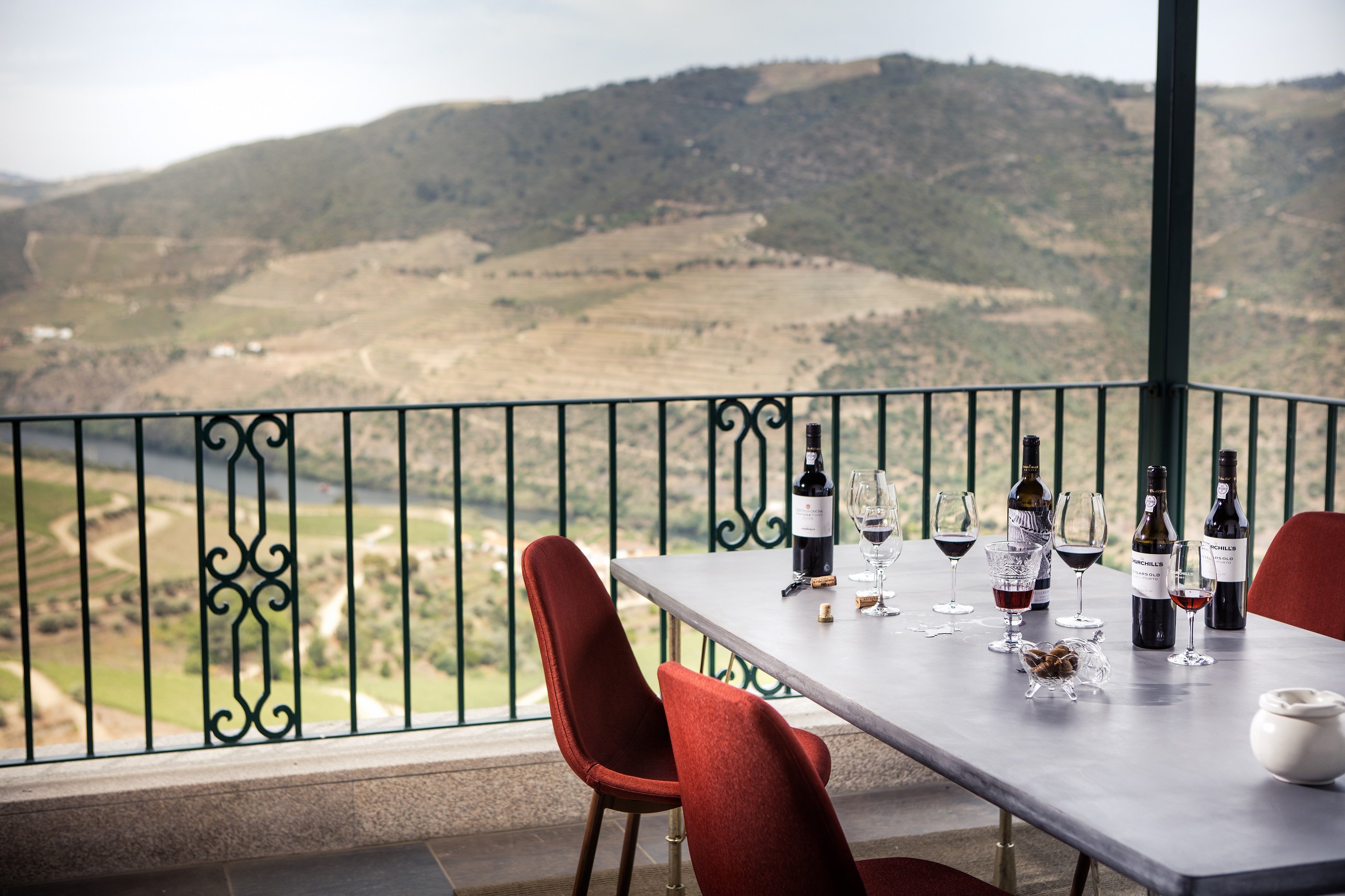
-jpg.jpeg)
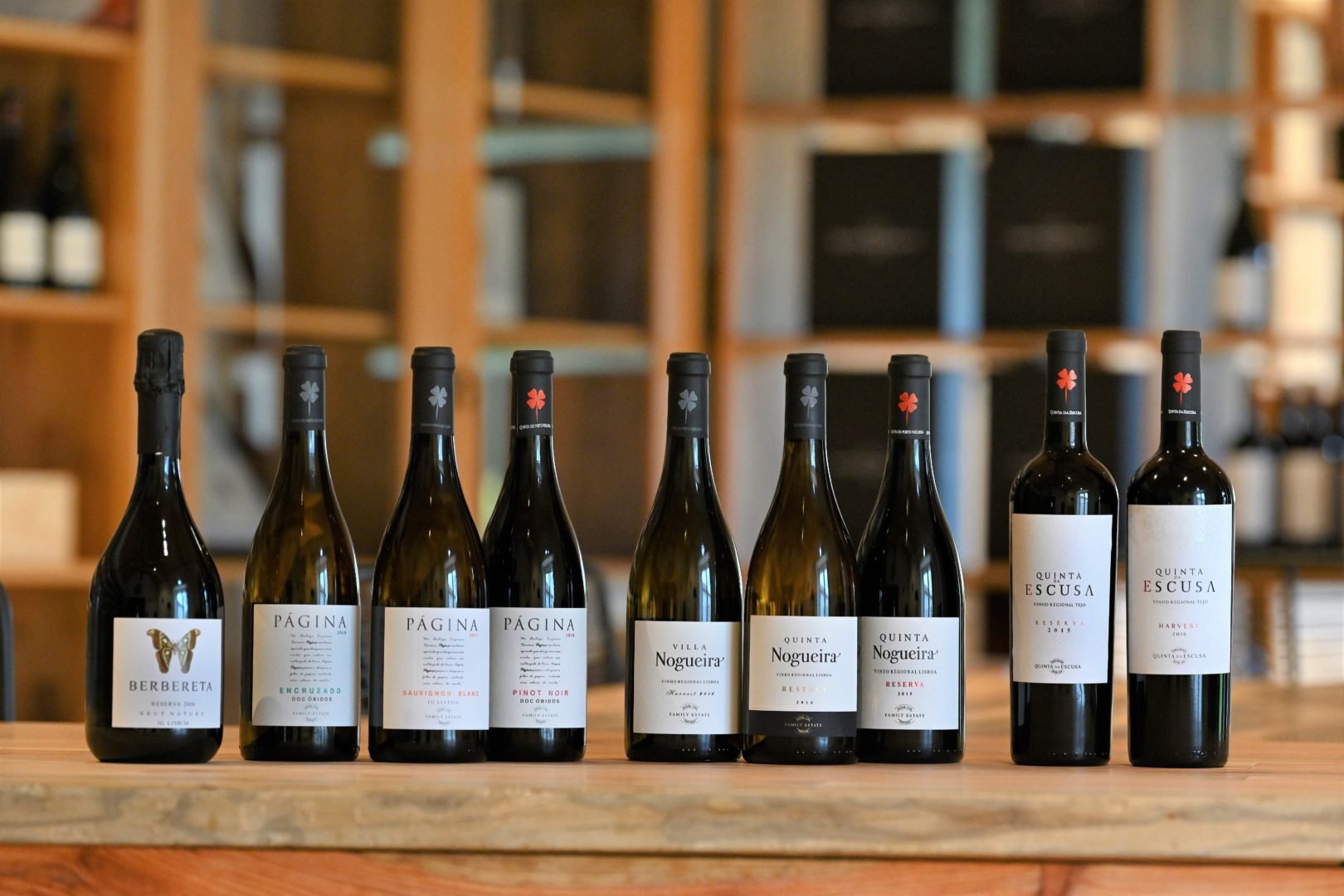
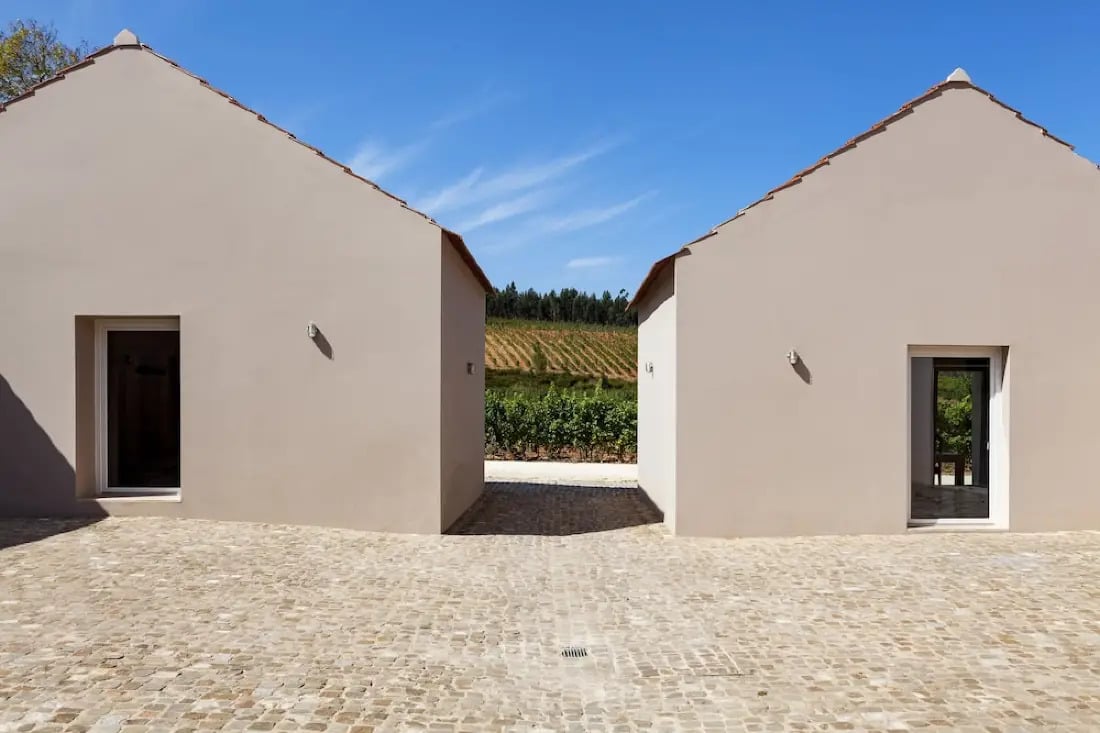
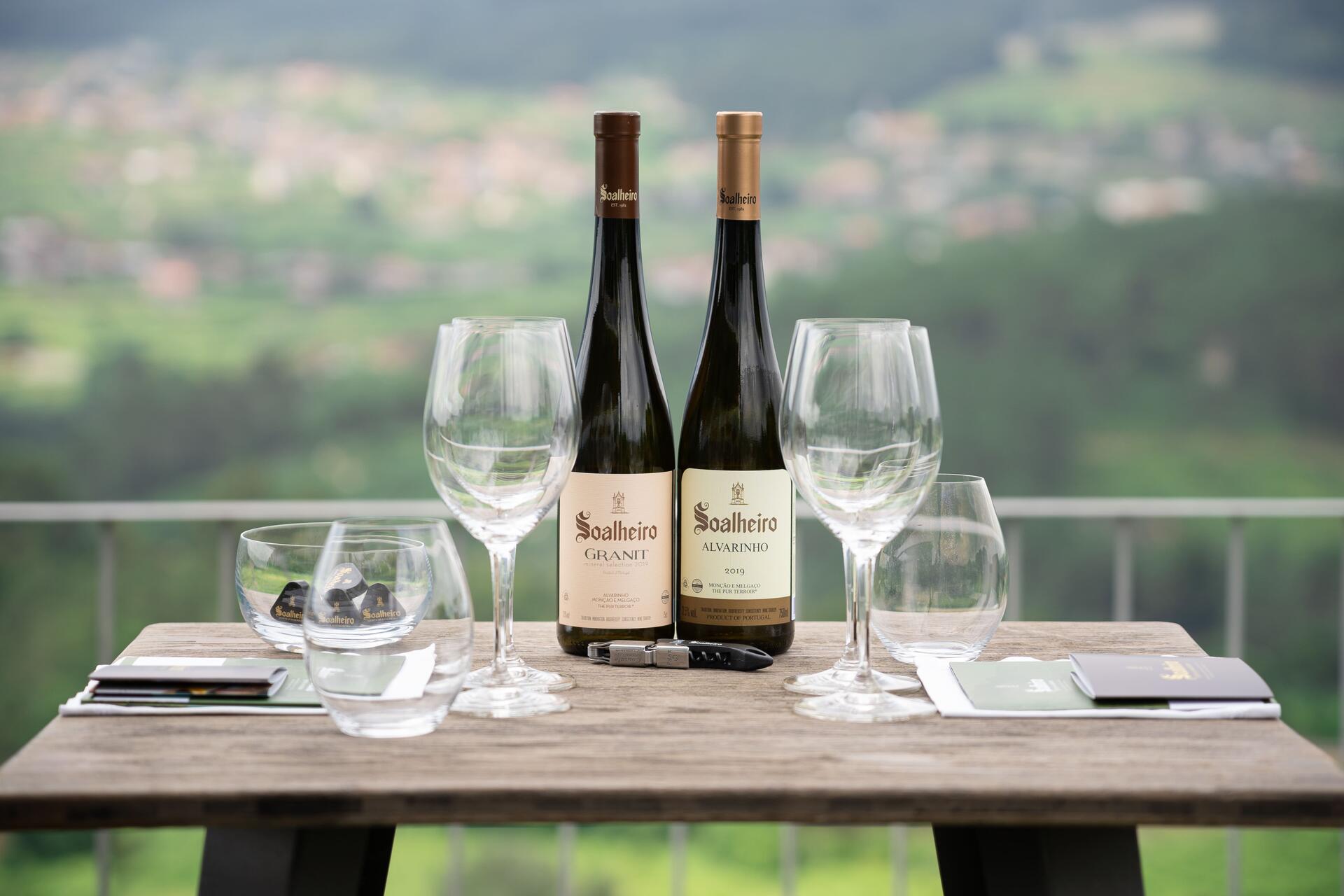
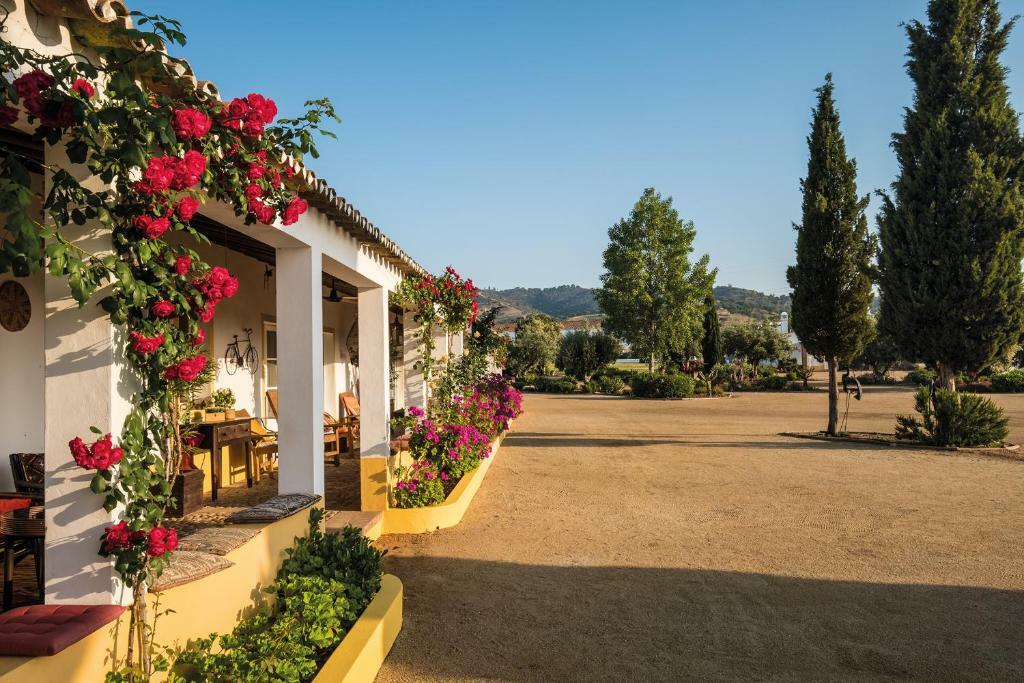


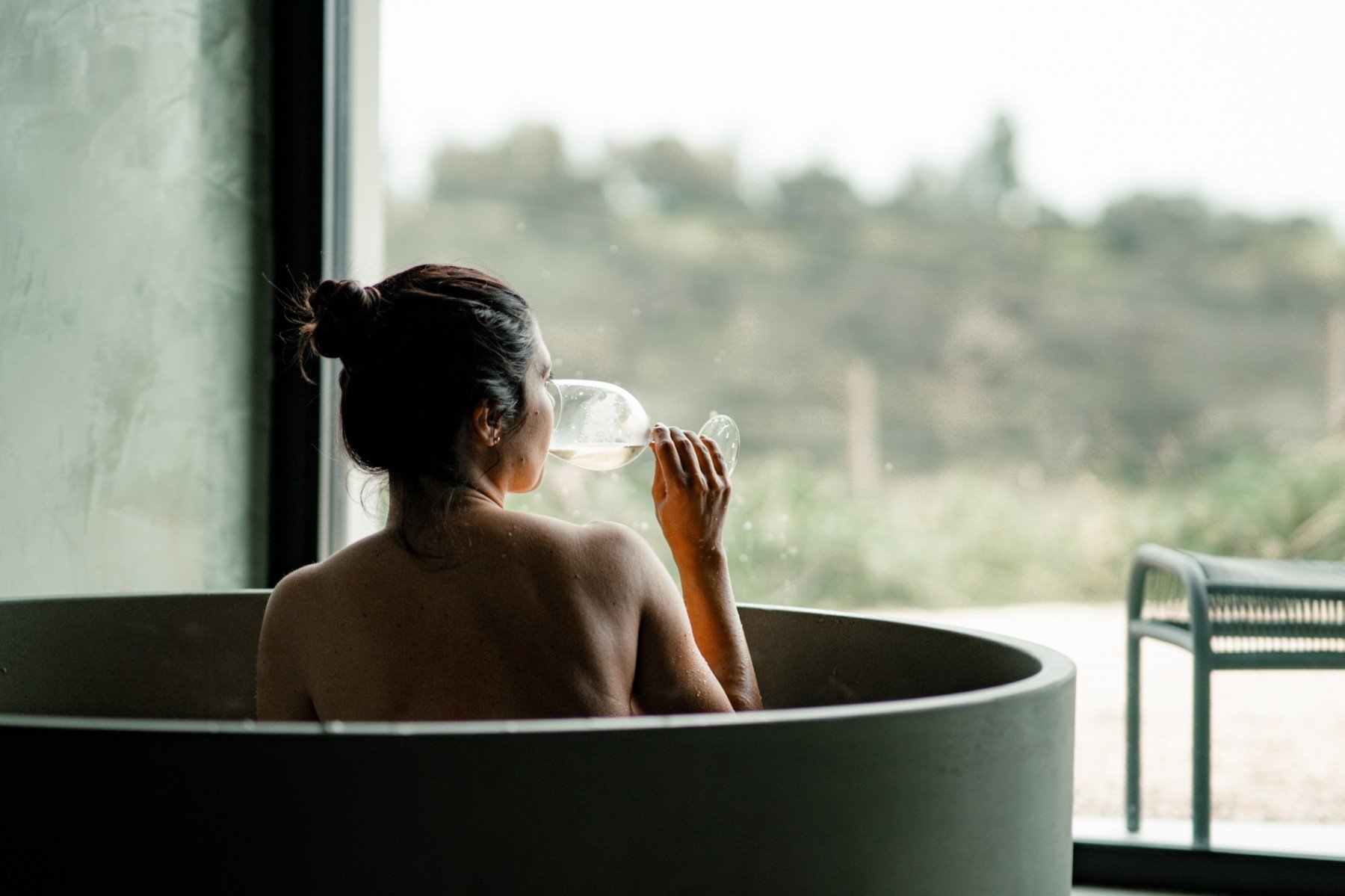
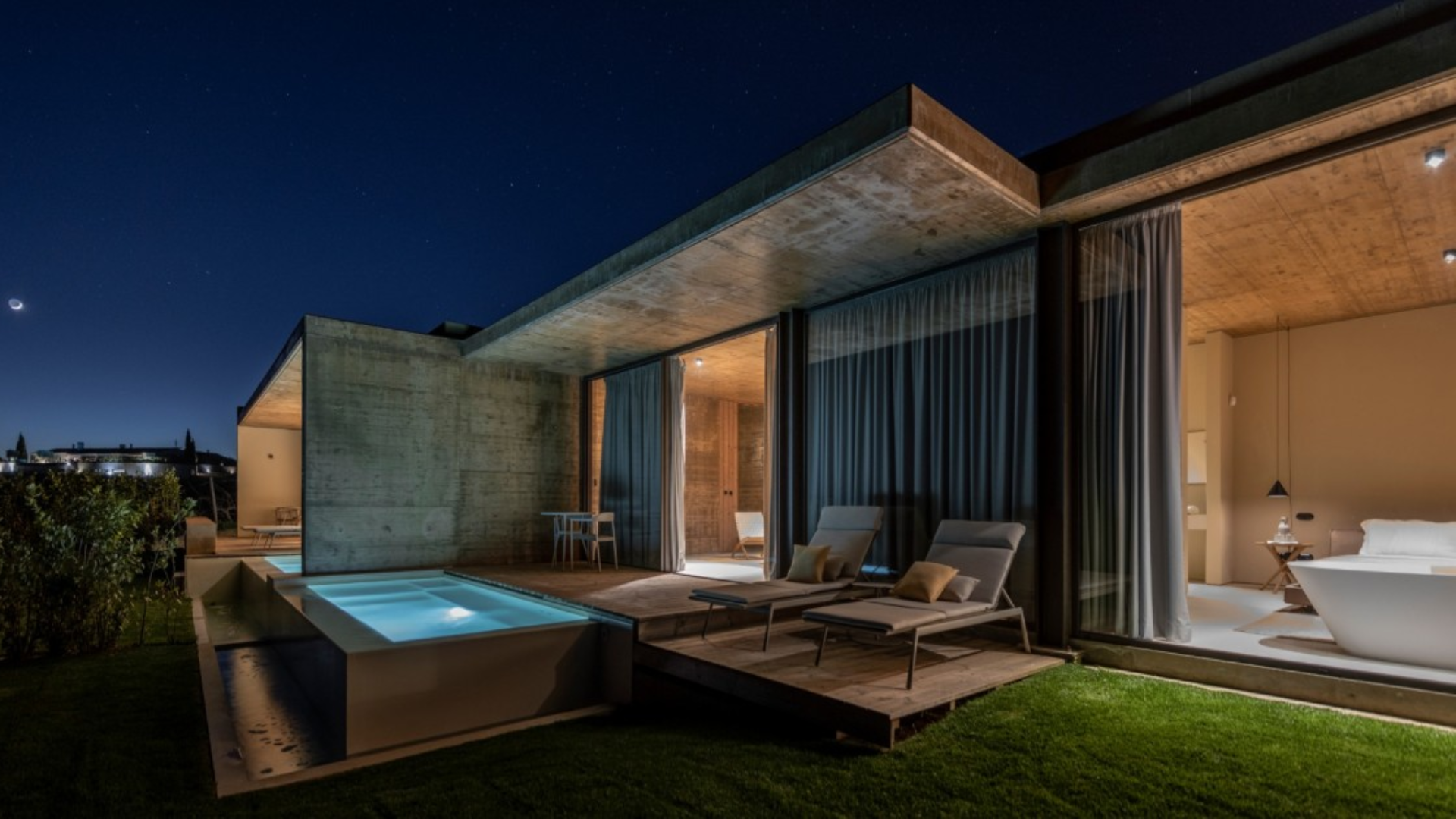
.png)



